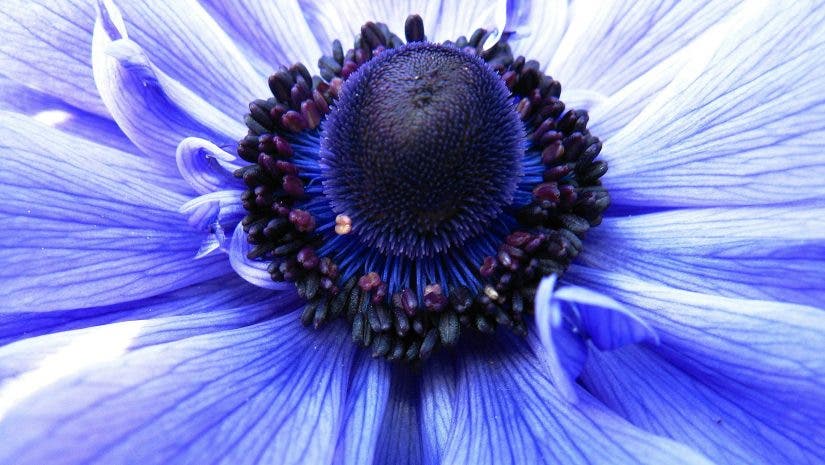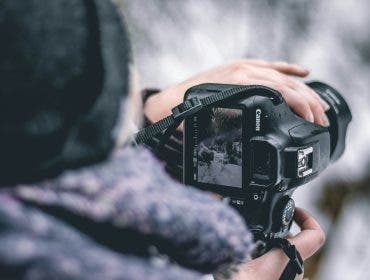Have you ever wondered what the Earth would look like from the perspective of an ant? How leaves would look like as we stood on top of them, and how trees would look like as we viewed them as unscalable pillars. The world of macro photography is more than just a niche — it’s an invitation to explore an entire universe hidden in plain sight.
But hold your horses! Macro photography isn’t as easy as grabbing a macro lens and hitting the shutter button up close. Let’s reveal a couple of macro photography tips that will make every single shot look like a work of art as we dive deep into the beauty in small things.
Understanding macro photography
Macro photography is about capturing the most intricate details from up close. It’s about uncovering the world hidden in the tiniest of creatures and objects — sharing it to everyone in the process.
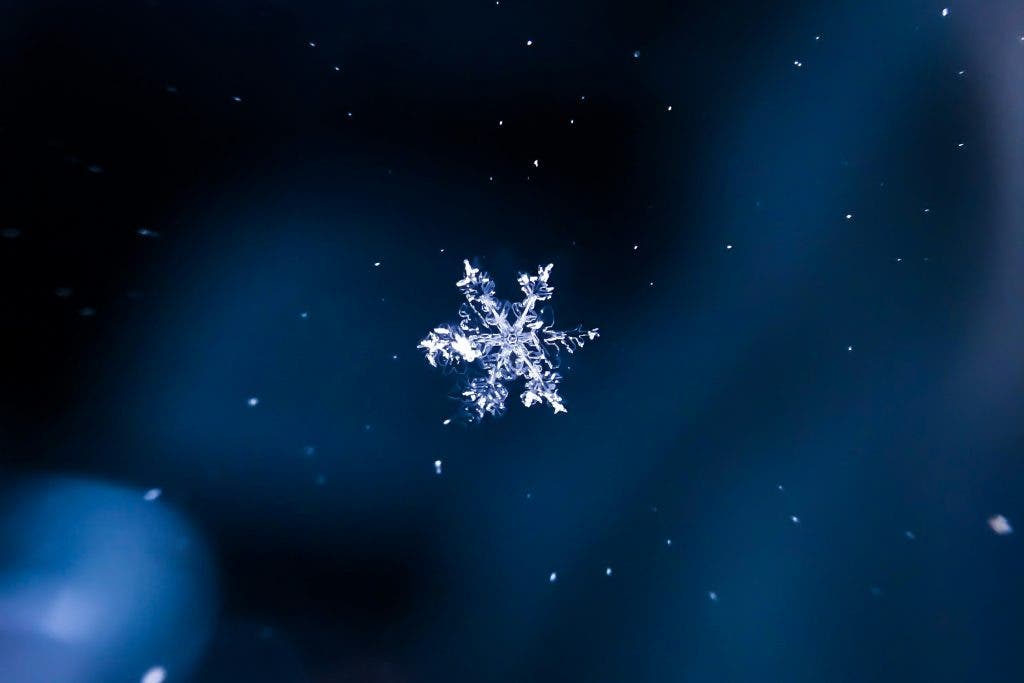
Macro photography started in the early 1900s when pioneers of the craft found ways to snap images of insects up close with amazing clarity. Today, advancements in photography tech have made this easier than ever before! From specialized lenses, tripods, optimized extension tubes, and filters — these advancements allow photographers of all skill levels to experiment and catch the perfect shot every time.
What makes macro photography unique compared to every other type of photography is its way of captivating its audience with every shot. The magnification eliminates external factors that you’d usually have to think about when taking a regular picture.
It’s all about capturing the close-up details as clearly as possible, and highlighting them with the use of lighting and careful background selection!
Tips for capturing the perfect insect macro shots
Shooting macro photos of bugs isn’t for everyone, but through the macro lens of a camera, they look like art. The iridescence of a dragonfly’s wings, the fluffy body of a bee, and even the comically expressive face of a jumping spider all tell a story.
If you’re brave enough to face your fears and get up close and personal, here are a few macro photography tips for shooting insects
Patience is key
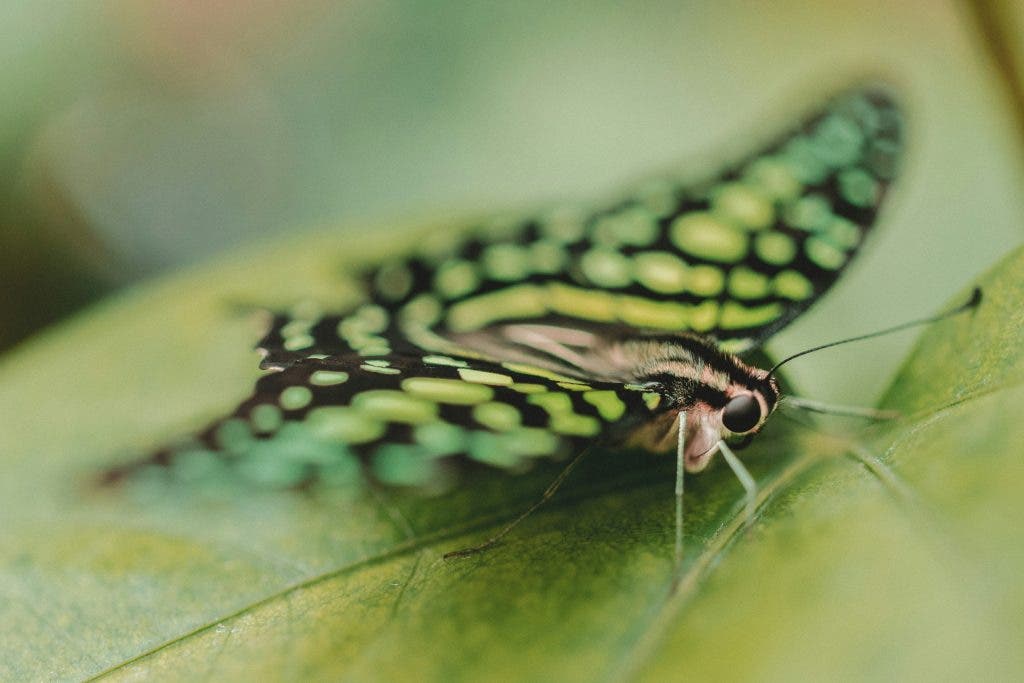
Some of the best macro photographers spend hours waiting for the perfect moment. Move slowly and avoid casting shadows over your subject. Move slow and be deliberate in your approach to increase your chances of capturing them in their natural state. Do your research and observe their behavior before you commit to a macro shoot!
Focus on the eyes
Just like in portrait photography, an insect’s eyes should be the sharpest point in the image. The multi-faceted surface of a fly’s compound eye or the deep black pools of a ladybug’s gaze can be mesmerizing. The complexity of an insect’s eyes can tell an entire story, reflecting light in ways that make the subject appear almost otherworldly. Ensuring perfect focus on this detail draws viewers into the insect’s world, highlighting the intricacy of nature’s design.
Experiment with composition
The best macro photography tips are the ones that encourage creativity! Try taking photos from unique angles rather than just pointing and shooting at any insect that you come across.
A top-down shot of a spider may look alluring, but shooting its side profile reveals more details and adds an extra layer of complexity to the shot. Don’t be afraid to use leading lines, framing elements, utilizing the background, and going for extreme close-up shots to capture images that look more exciting!
Tips for floral macro photography
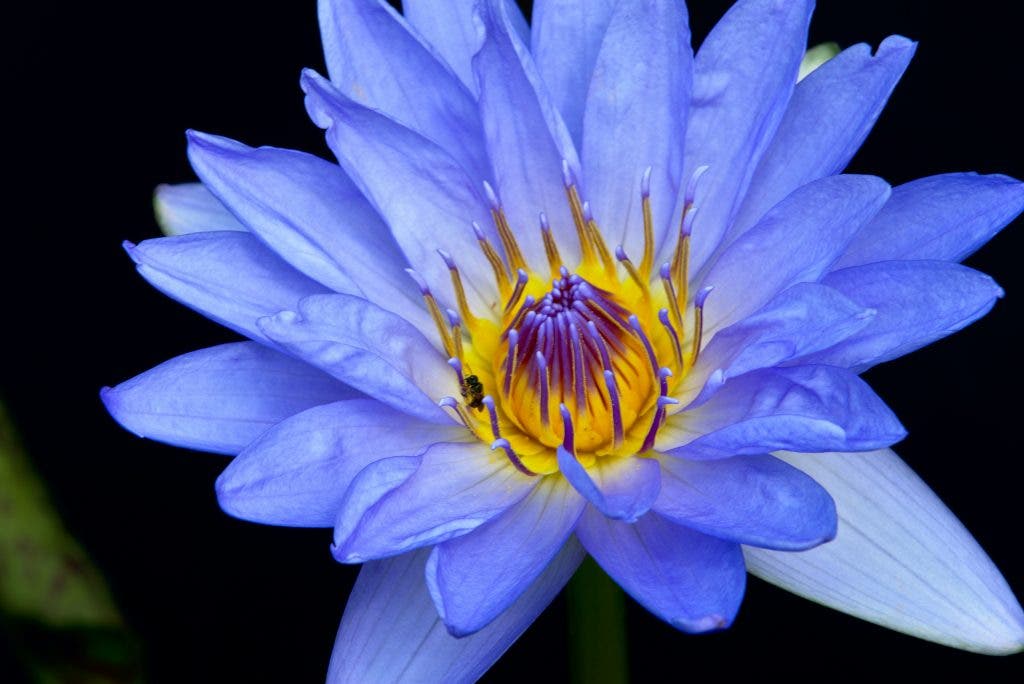
Flowers are the perfect subject for macro photographers. They’re stationary, and each part of the flower tells a story when captured close up. However, there’s a lot more to floral photography than just looking for a flower bed and hitting the shutter.
Here are a couple of macro photography tips that will help elevate your floral photos!
Use a shallow depth of field creatively
A blurred background (bokeh) can make a single petal or water droplet appear dreamlike. Experiment with apertures to capture soft, glowing effects. Play with the angles of light hitting your subject—side lighting can reveal textures, while backlighting can create a stunning translucence effect.
Capture flowers in different moods
A bright sunflower on a sunny day is beautiful, but a rain-kissed rose under overcast skies tells a completely different story. Macro photography isn’t just about taking photos from up close, but also telling a story with every image that you capture.
One of the best macro photography tips that I take to heart is to never settle with one mood. Shooting a flower in morning light adds a golden warmth, while twilight creates cooler, moody tones. Don’t just capture what’s obvious — seek out decayed flowers, wilting petals, or buds on the verge of blooming.
Get close, then closer
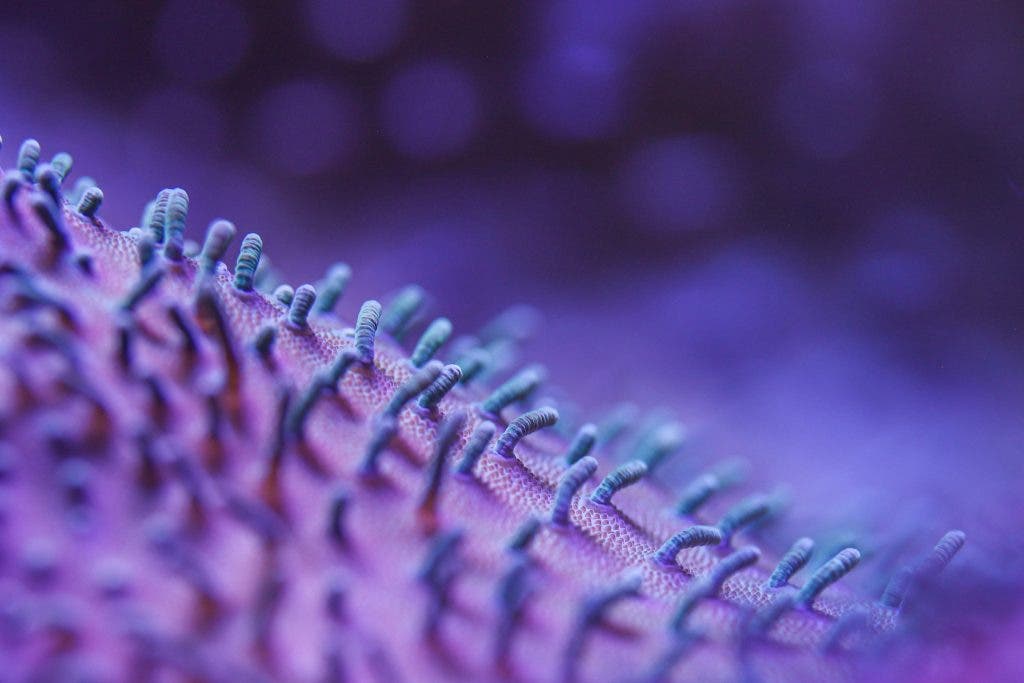
Sometimes, just shooting the flower is not enough. Think outside the box and go even closer!
Every detail of a flower can be the subject of your shot. The pollen grains clinging on an insect’s legs, the last petal clinging on to a flower during autumn, or even the sunlight as it reveals the micro-details of a leaf. Taking into account these little details can help make your shots more unique.
Work with Colors and Contrast
Complementary colors make images pop. A violet iris against a yellow background? Stunning. A soft pink cherry blossom against a bright blue sky? Perfection. Experiment with both monochromatic palettes and bold, striking contrasts.
Don’t Forget the Background
A messy background can ruin a floral shot. Enhance your pictures by using blurred foliage, a simple backdrop, or even colored paper to make your subject stand out! Be meticulous, even if the background will get blurred out — especially since this can set you apart from other photographers.
Your journey into the microscopic world
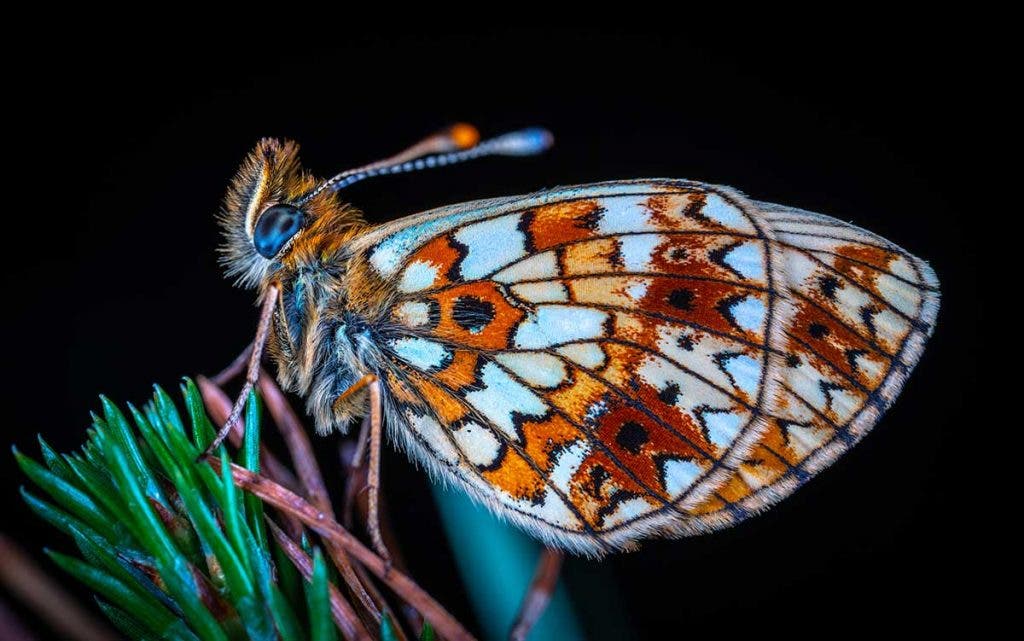
The world of macro photography is endlessly rewarding and beautifully complex. The only limit is your creativity, so as long as you keep looking for ways to capture the intricate details of subjects whose beauty you can’t see with the naked eye — you can definitely leave a mark in the community.
So get your macro lens ready, make sure the lighting is perfect, and immortalize the unexplored hidden world around you!
